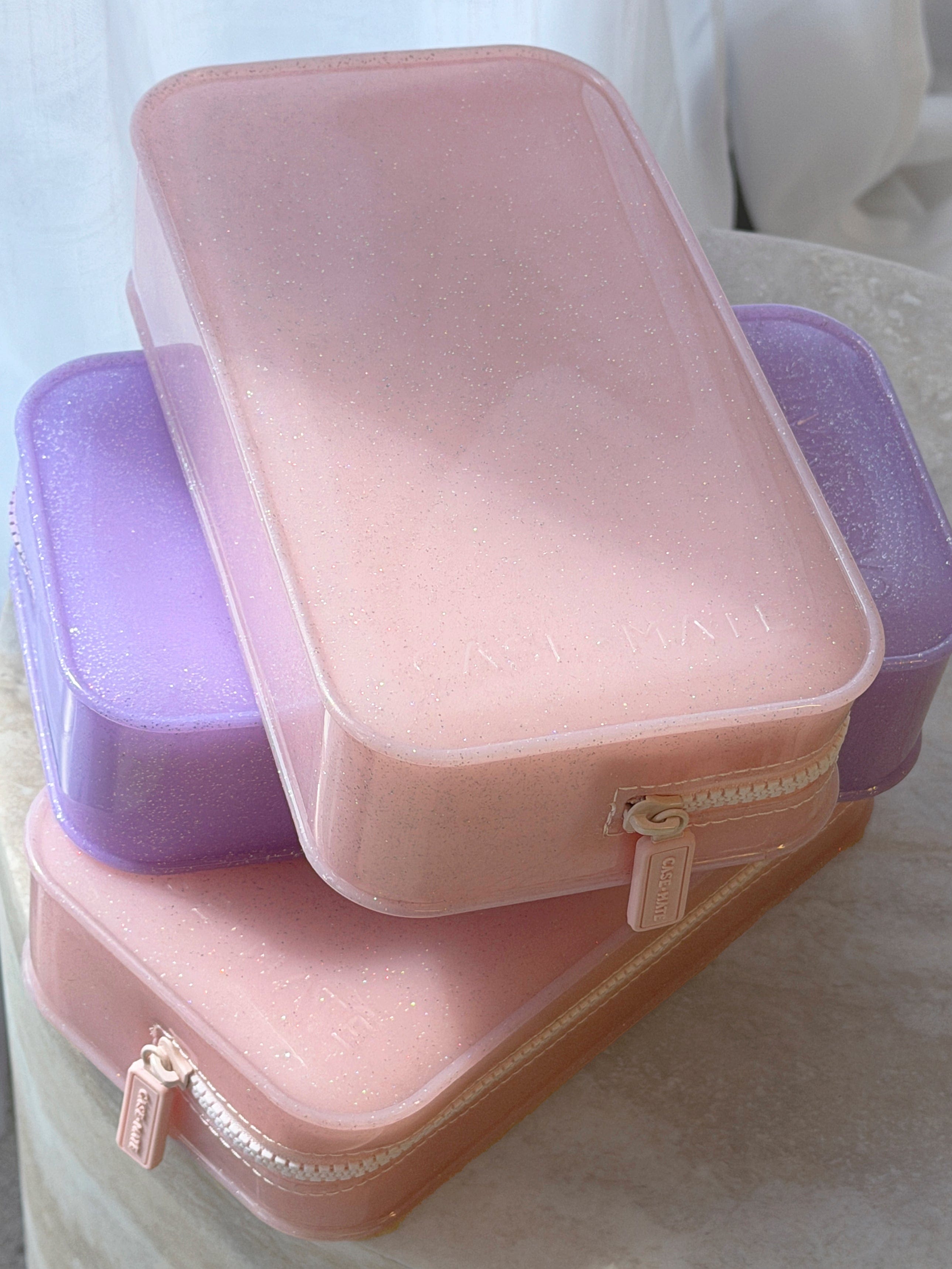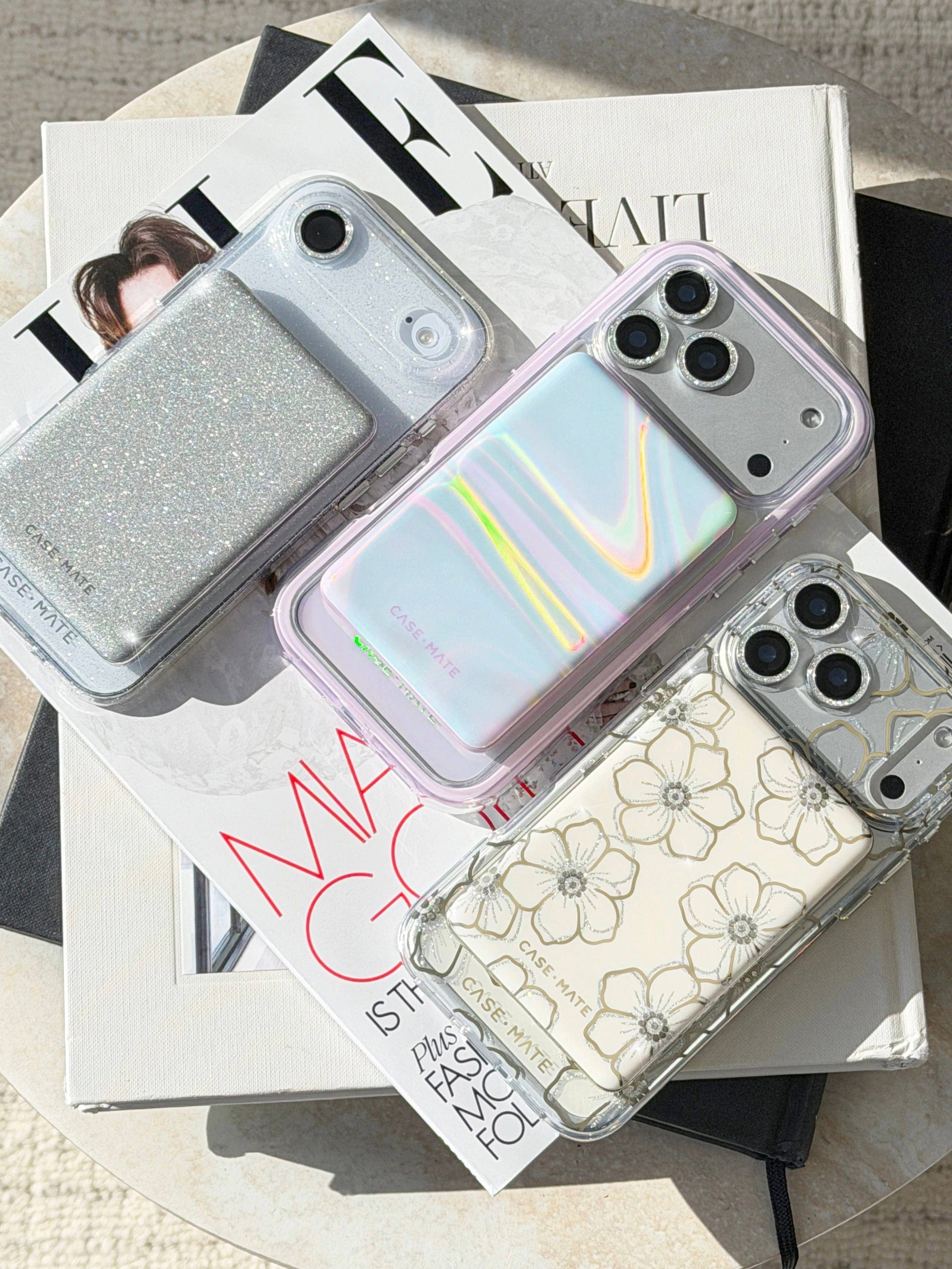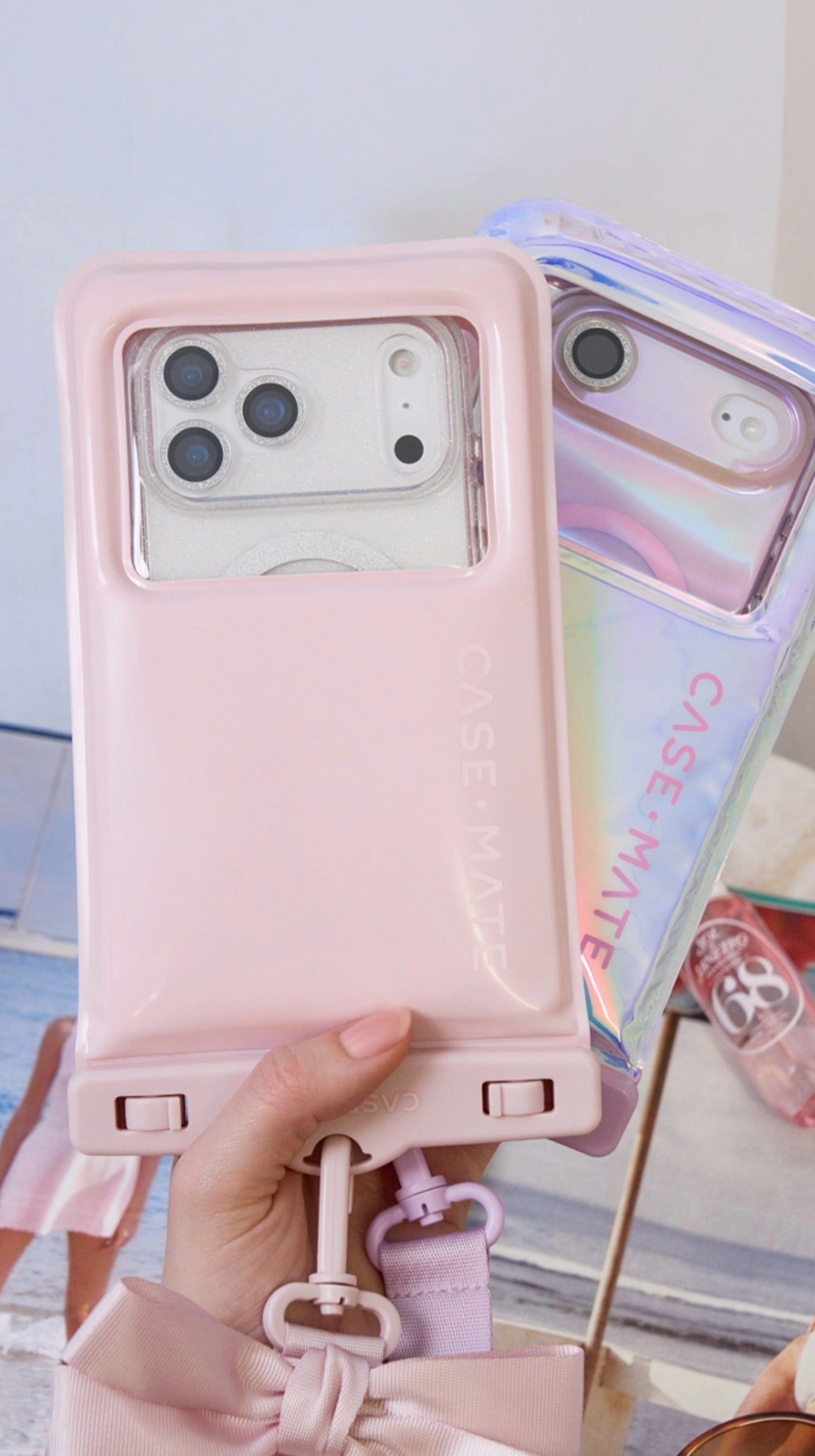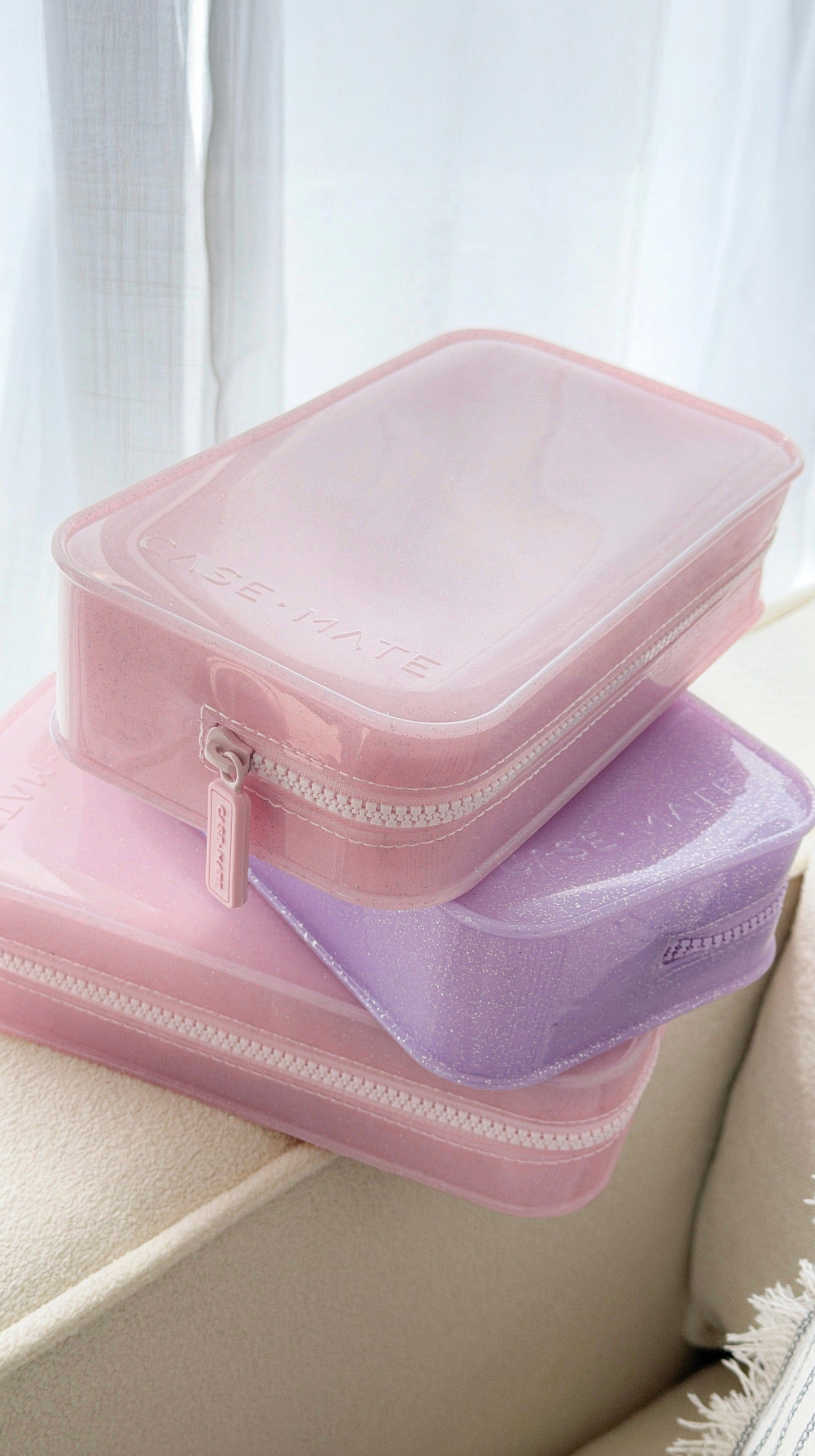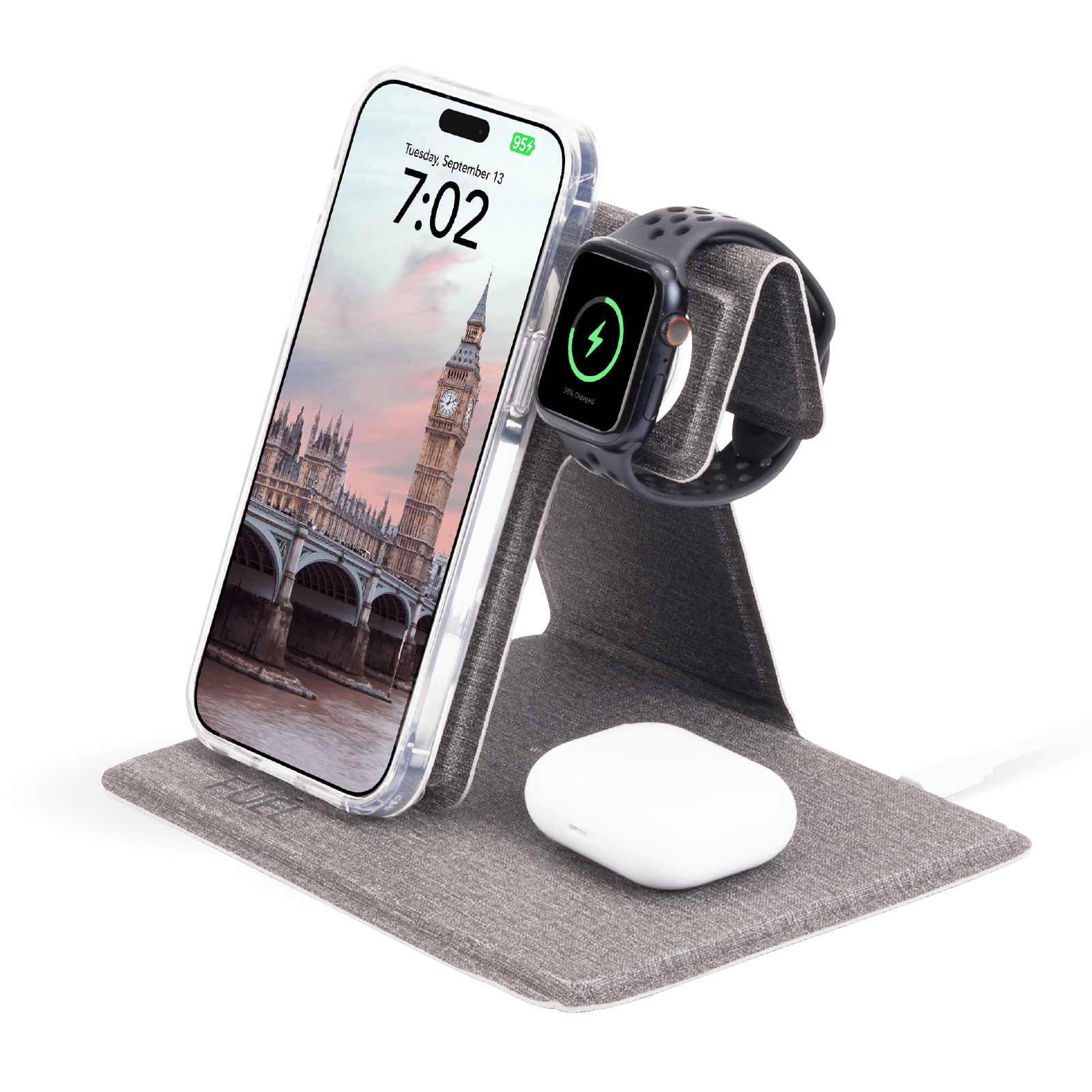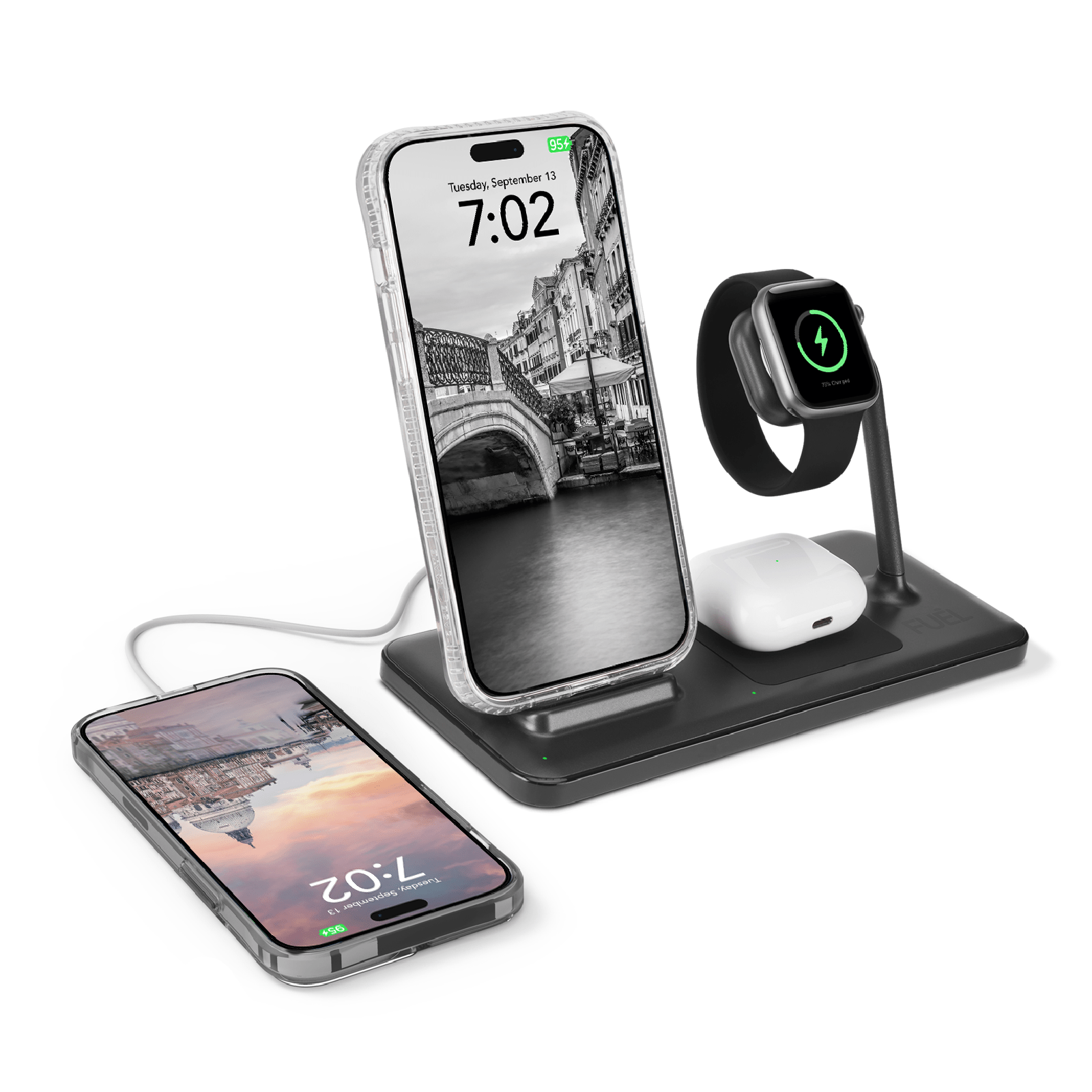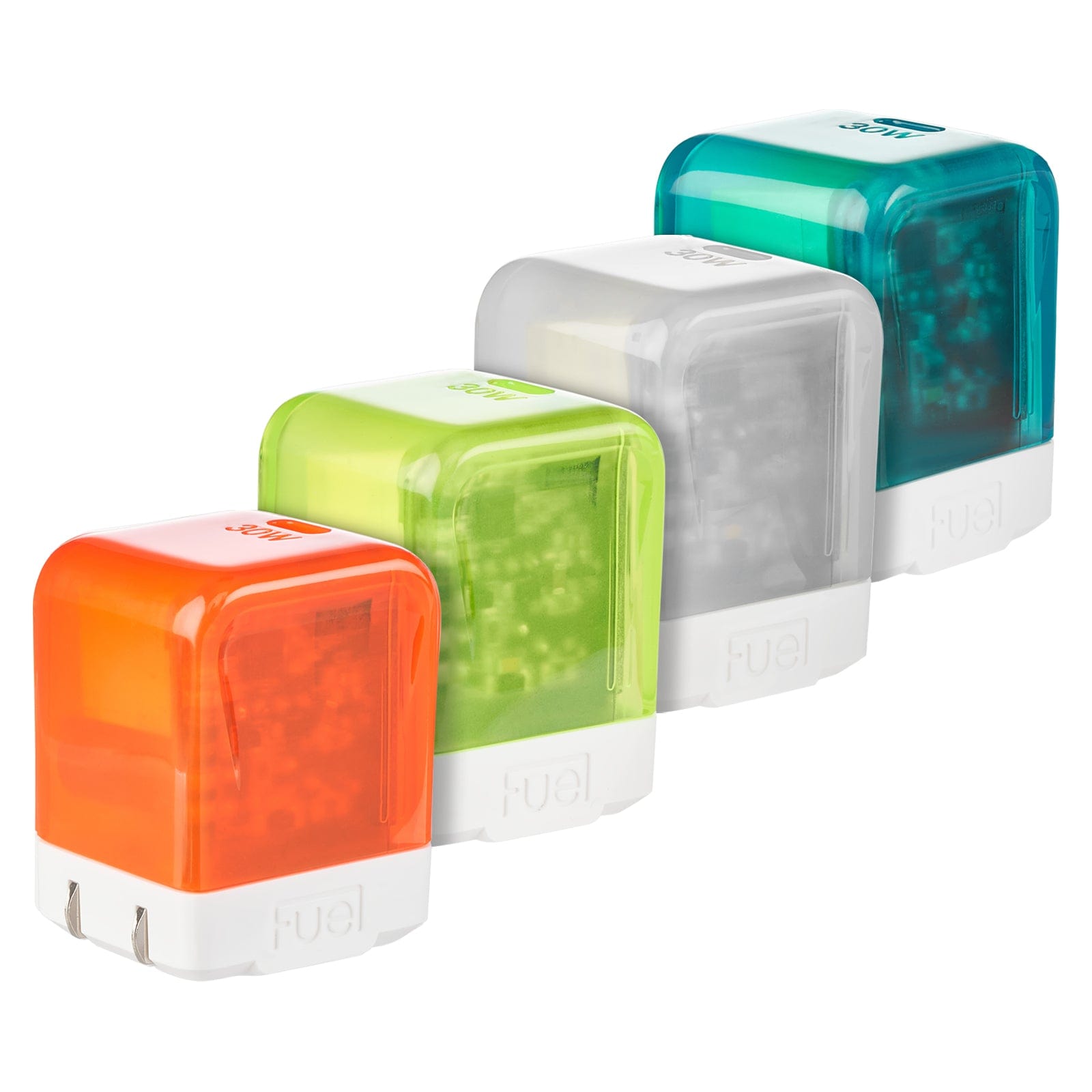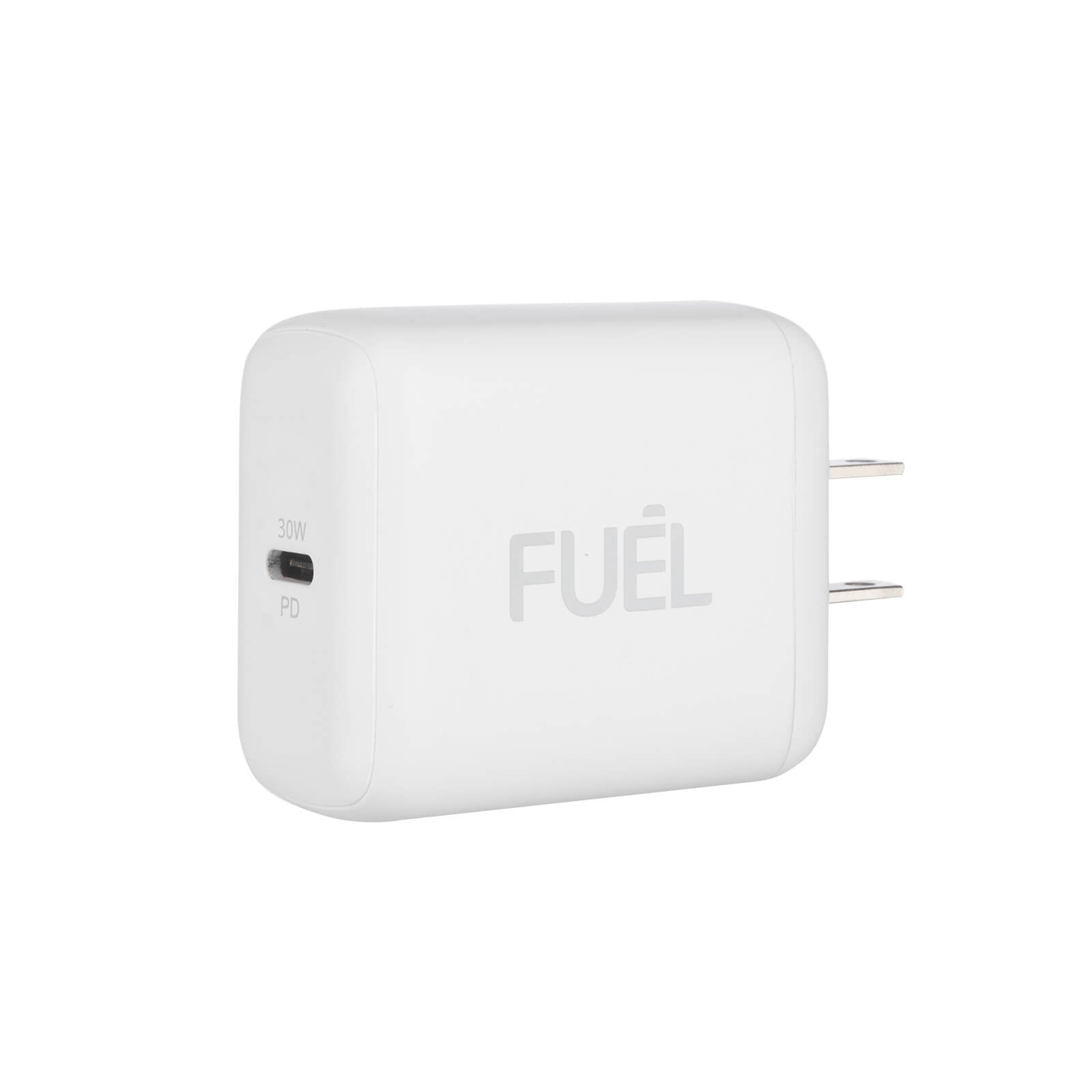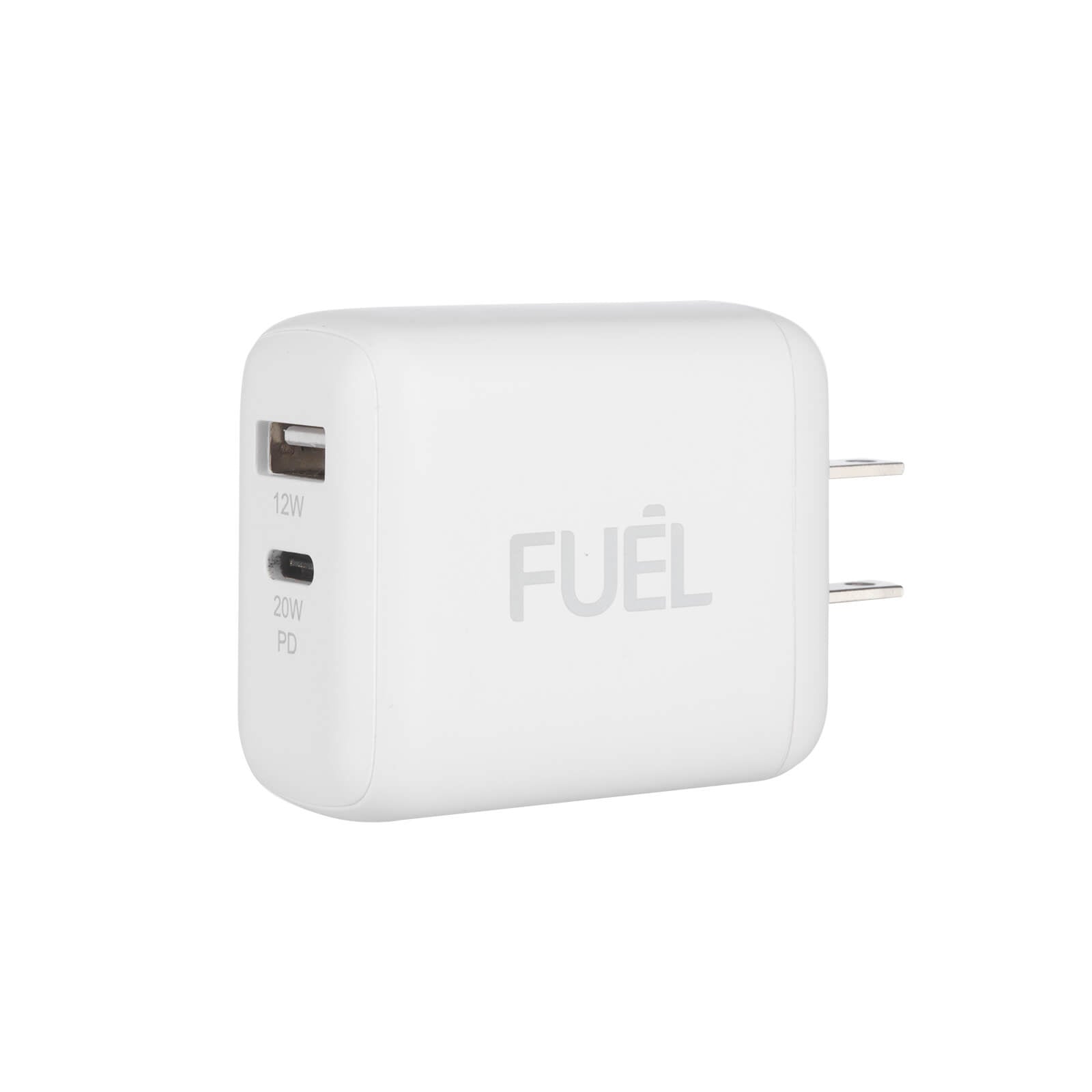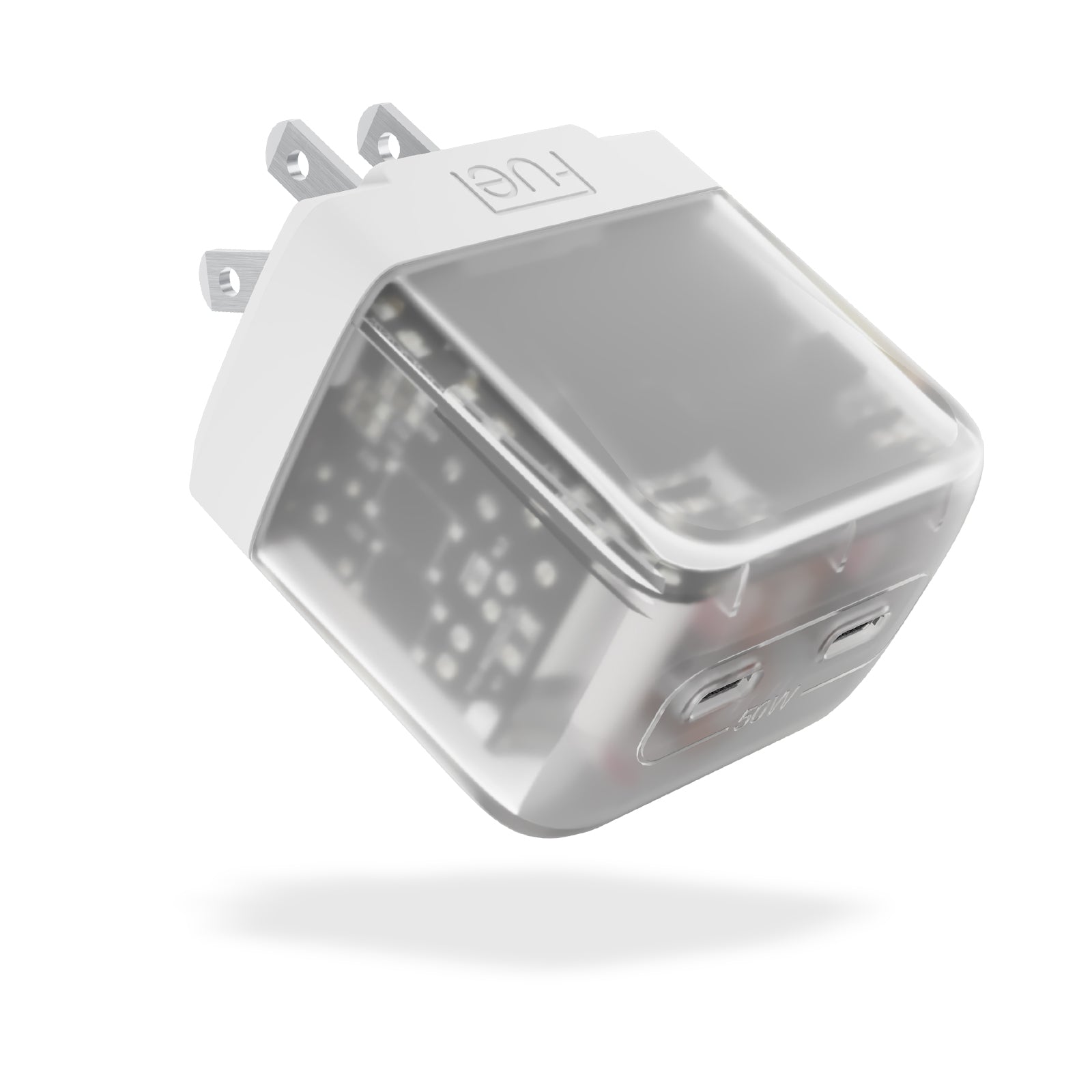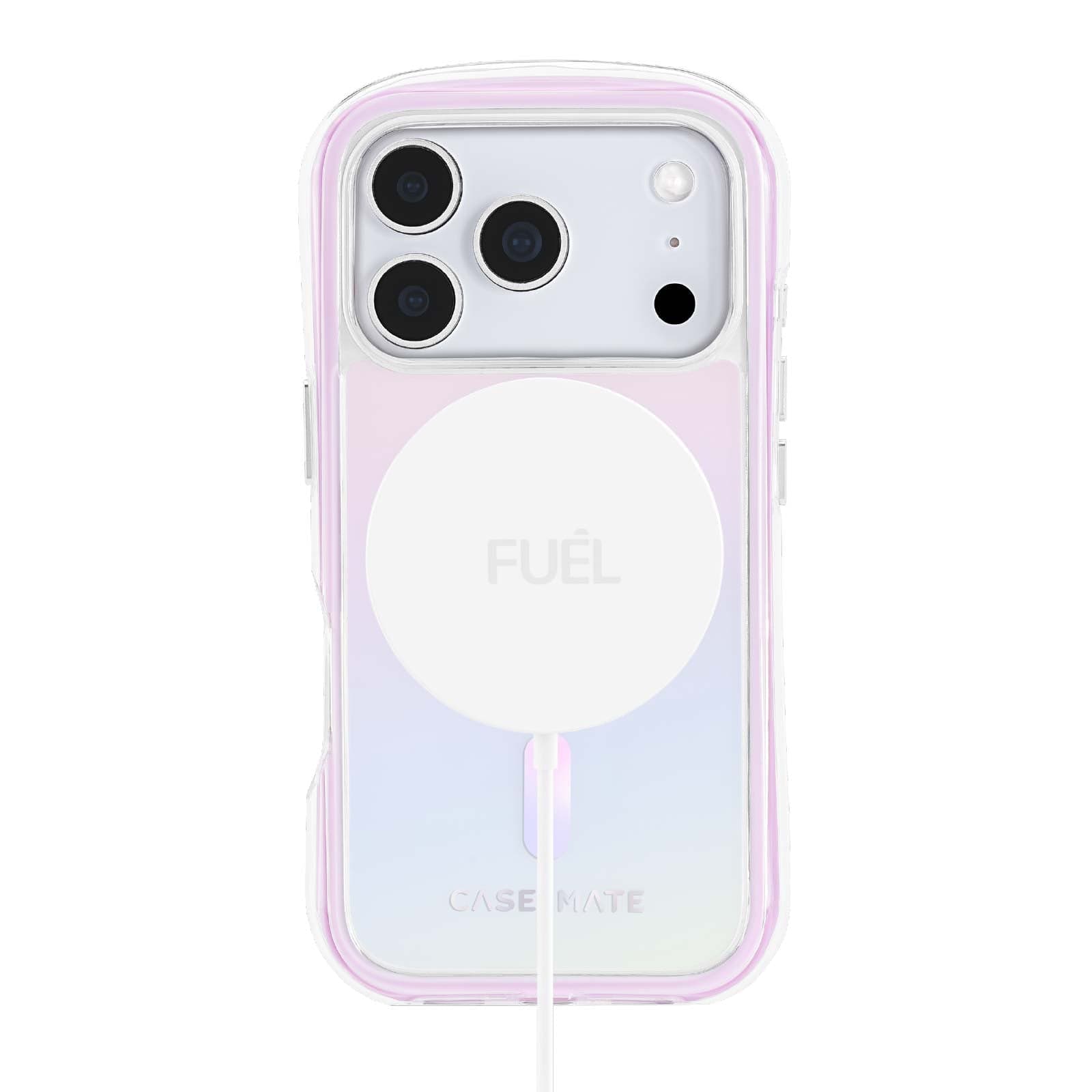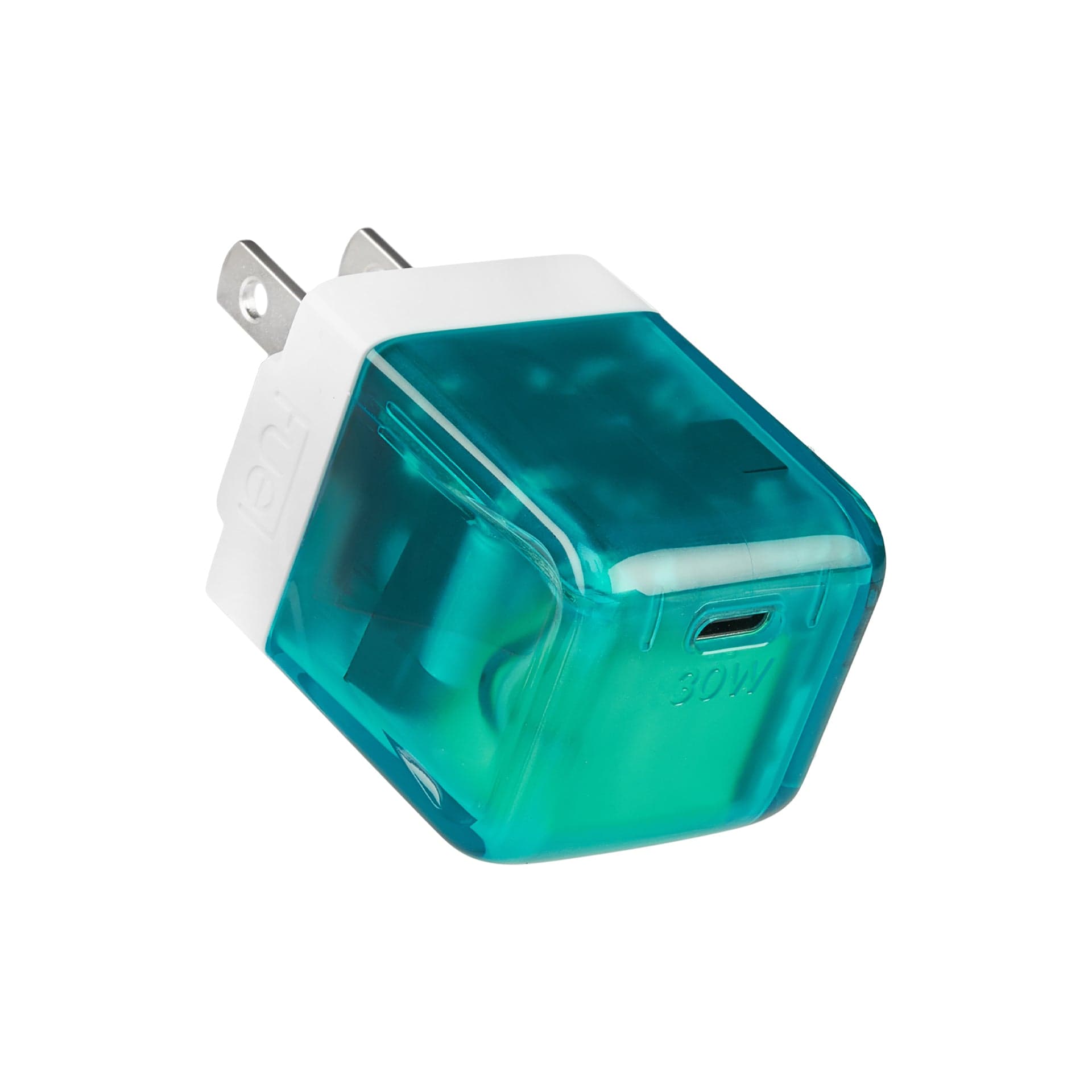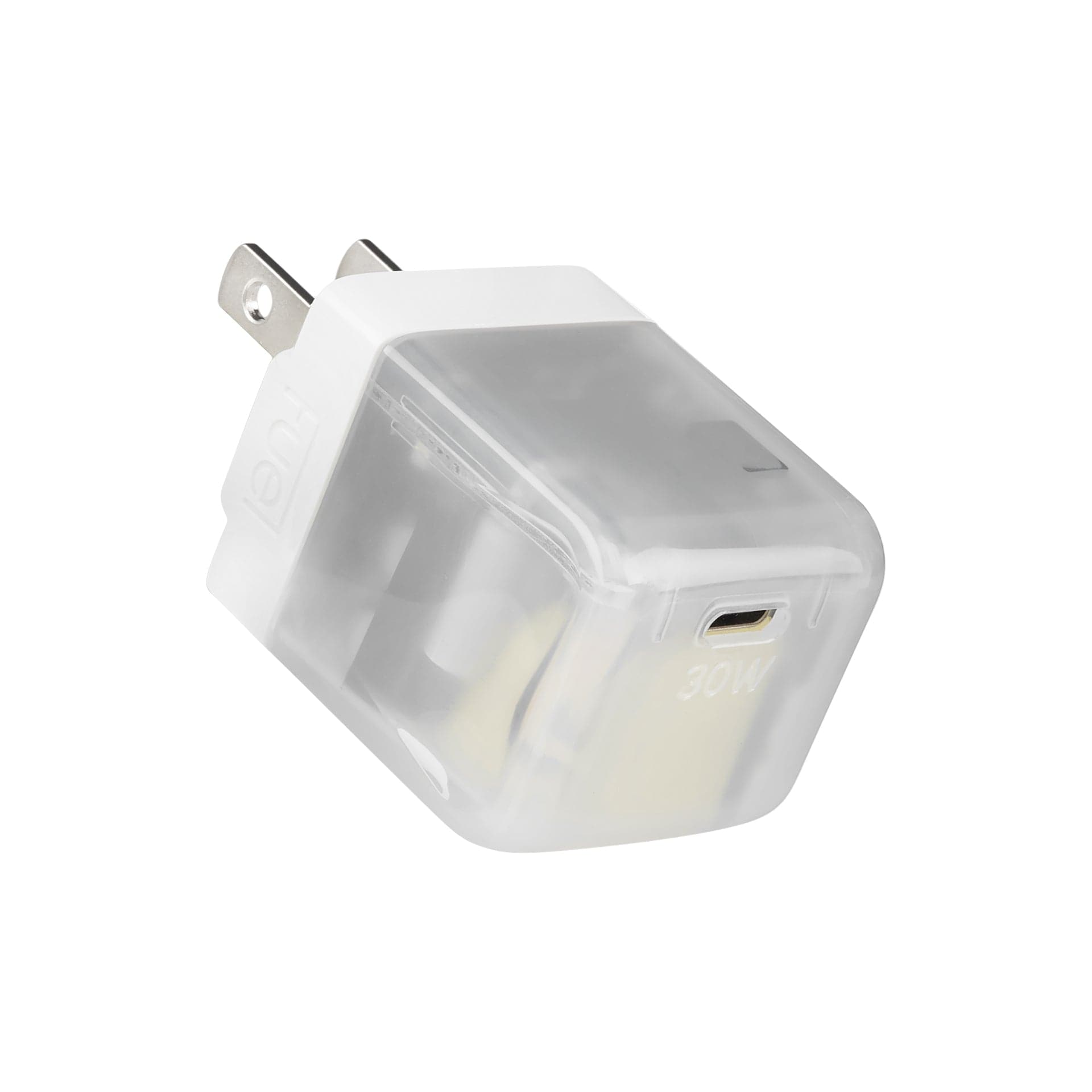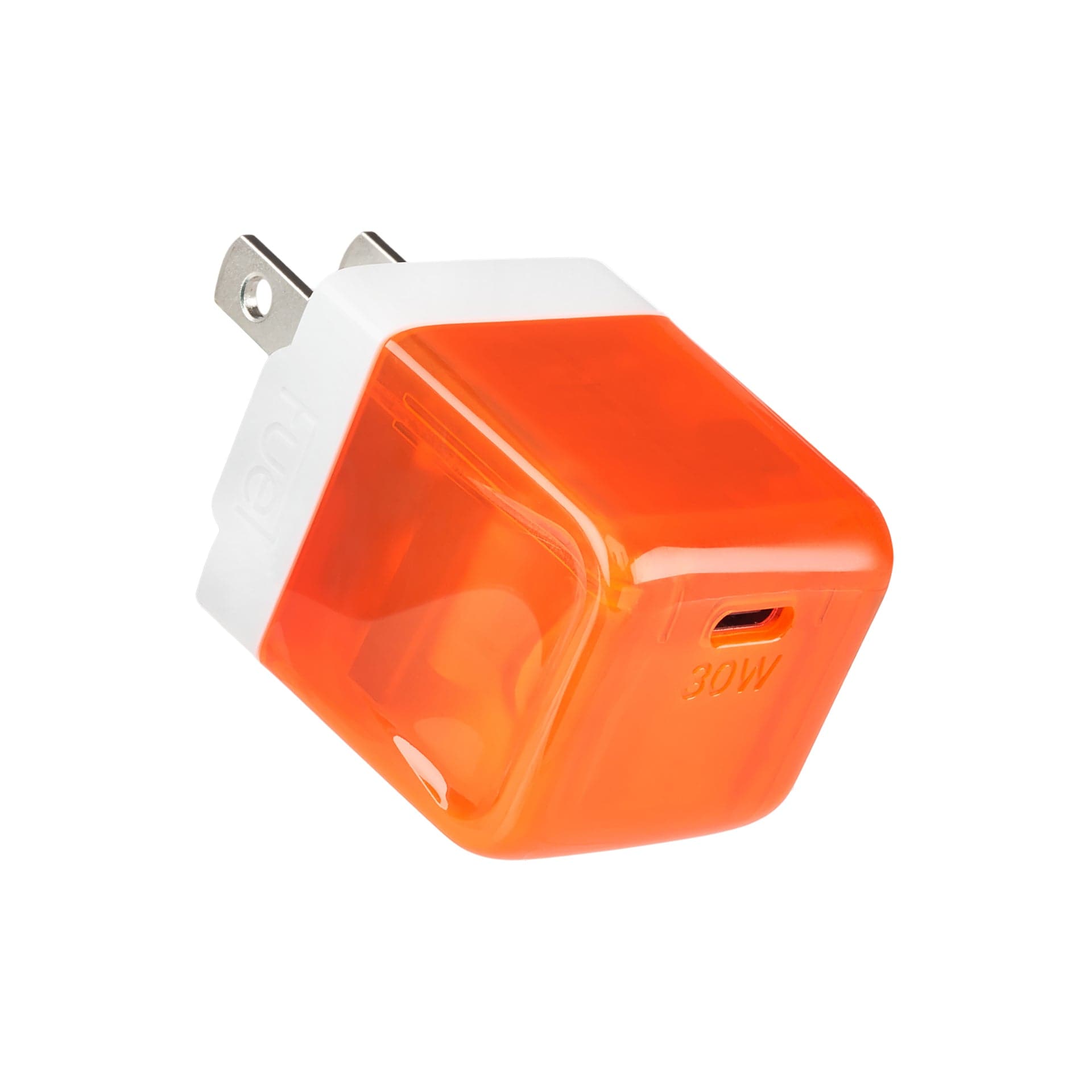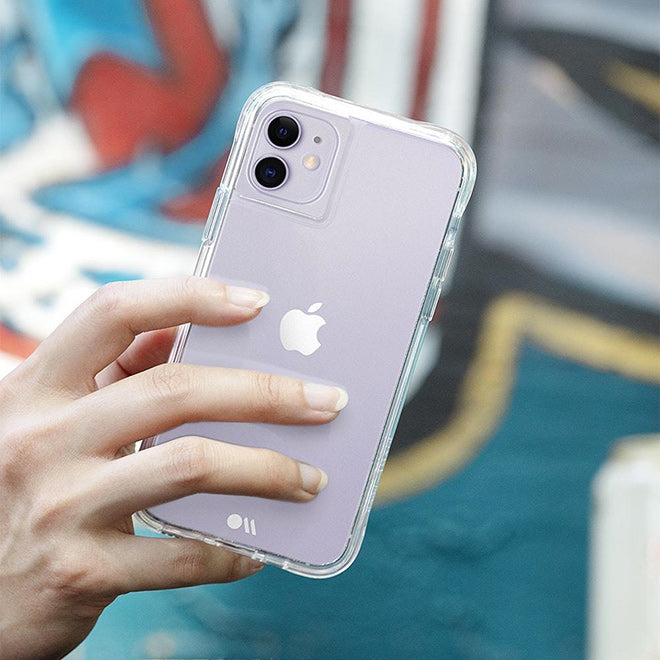Cart
Your cart is empty
Having a device that won’t charge isn’t just annoying, it can be downright stressful. After all, most of us rely on our phones, laptops and tablets for everything from navigation to payment to emergency calls. Thankfully, there are many practical steps that you can take if one or more of your devices has mysteriously stopped charging. Here are 15 reasons why your charger might not be working:
THE POWER ADAPTER IS NOT FULLY PLUGGED IN.
One of the most common culprits of a device that isn’t charging is a power adapter or cable that isn’t fully plugged in. This is an especially common issue with travel adapters that have metal prongs that rotate in and out. If the prongs aren’t exactly in position and fully plugged into the wall, then the phone will not charge. Double-check that your power adapter is sitting completely flush against the wall outlet and that your cables are fully plugged in at both ends. You can try unplugging and then plugging everything back in to make sure that you get a really strong connection.
YOU NEED TO RESTART YOUR PHONE.
Have you tried turning your phone off and then back on again? Because that really is a magic fix for almost any tech device. Completely power your phone off and leave it to sit for a few minutes and then power it back on and wait for it to fully boot up before plugging it in again. If you’re lucky, this will solve whatever ails your phone and it will start charging like normal as if nothing was ever wrong in the first place.
YOUR CHARGER OR ADAPTER IS DAMAGED.
Even if you baby your adapters and chargers, they are going to sustain wear and tear eventually. It’s more common for charging cables to wear down first, especially at the ends where they experience the most stress. However, adapters can also sustain damage, especially if you drop them on a hard surface. Examine both the charger and the adapter for holes, loose wires, cracks, loose parts and other signs of damage that could be compromising their function.
YOUR ADAPTER OR CHARGER IS OLD.
Sometimes, adapters and chargers simply become too old to function, even if you’ve taken care of them and there are no visible signs of wear. Keep in mind that cheaper, lower quality chargers from less well known brands will wear out faster, so don’t be surprised if they stop charging your devices after only a few months. To keep your fast chargers going as long as possible, buy high quality, well-tested products from trusted brands such as Case-Mate, which will ensure that your cables and adapters will keep working for years to come.
fast chargers
YOU’RE USING THE WRONG ADAPTER OR CHARGER.
Sometimes, chargers simply aren’t compatible with your phone. This often happens when you are using a new charger with an old phone — or vice versa — though other situations can arise. Another frequent issue is that the adapter can’t provide the proper watts or voltage that the phone is rated for, which can cause it to charge very slowly or not at all. Double-check the power adapter, the cable and your phone to confirm that all three are compatible with one another.
THE FIRMWARE NEEDS AN UPDATE.
If you are the kind of person who dismisses reminders to update your phone software (again, and again, and again) that can actually get to the point where it stops your phone from charging. If your phone is due for an update — or many updates — connect to Wi-fi while you still have battery left and leave your phone alone while it downloads. If you have put off updates, it may take a while for everything to download, and you may need to initiate updates multiple times until you are completely caught up. We recommend staying regular on updates anyway because it’s one of the best ways to fix bugs and protect your phone from potential cyber crimes.
AN APP MIGHT BE DRAINING YOUR BATTERY.
In rare cases, an app might be running in the background and draining so much battery that your phone can’t even charge. Go through your apps and close out each one of them to ensure that none of them are running in the background. You can even power your phone off and then on again to ensure that you don’t have any apps sucking up your battery. Then, try plugging your phone in again to see if that remedied the problem.
DEBRIS IS BLOCKING THE PORTS.
Our phones pick up dirt, dust, lint and other debris as we use them, and eventually enough can accumulate in the charging port that it hinges charges or even stops it completely. A can of compressed air is the best bet in this case. Don’t blow on your charging point, as your breath might introduce moisture into the device. You can also sometimes gently use a Q-tip to clean around the port, but be careful not to push the debris farther into the port if you go this route. If you can’t get the port cleared on your own using a gentle approach, you might need to take it to be cleaned by an expert to avoid damaging the charging port beyond repair. If you’re in a pinch and the port is blocked, then you can always try a wireless charger until you are able to get the port fully cleaned.
YOUR PHONE PORT IS LOOSE OR CORRODED.
Our smartphones wear down with use, and sometimes the charging port will become so loose or corroded that it can no longer take a charge. In this situation, there’s not much you can do besides taking it to a repair shop and seeing what they can do. In fact, trying to charge a phone with a damaged point can potentially be dangerous. If your phone is still under warranty, you should definitely send it in for a replacement because charging ports are critical to its functioning.
YOUR DEVICE HAS BEEN COMPROMISED BY MOISTURE.
Most smartphones have a failsafe that will not allow them to charge when they have been exposed to moisture or damaged by water. That’s because running power through the phone can cause the battery to short out — or worse. Most phones will give a water drop image or another indicator on the screen if this is why your phone isn’t charging. At any rate, you shouldn’t be trying to charge your phone if it’s gotten wet. Instead, power it down completely without doing anything else and follow these instructions.
charging accessories
YOUR PHONE IS TOO HOT.
Heat is not good for your phone’s battery life (or any battery), which is why many phones will not charge if your phone gets too hot. In fact, most modern smartphones will issue a temperature warning and shut down completely if they get too hot. Common conditions that can trigger this include leaving your phone in a hot car and leaving your phone in direct sunlight, but it can happen in other ways. If this happens, take your phone to a cool, shady room and put it on a hard surface that will dissipate the heat efficiently. Wait until the phone is completely cool to the touch before trying to charge it again.
YOUR BATTERY NEEDS TO BE REPLACED.
Even if you didn’t want to replace your phone every few years, you’d have to anyway because the lithium ion batteries used in smartphones simply do not last forever. Over time, the heat and stress of charging up again and again will cause the battery performance to drop, and your phone will hold less and less of a charge until it simply won’t charge at all. You can try to replace the battery when this happens but, unfortunately, most smartphone designers make this hard, if not impossible, so it’s usually easier to just upgrade the phone altogether than to attempt a battery replacement,
THE OUTLET OR POWER STRIP IS OFF.
Some outlets and power strips need to be manually turned on before they will work. If you are using a surge protector, ensure that it’s turned on (some models have a switch that will faintly glow if the unit is operational). If your outlet is controlled by a wall outlet, locate the switch and ensure that it’s turned on as well. Note that some outlets are only partially controlled by a light switch. For example, you might be able to turn the top outlet on and off, but the bottom outlet always stays on. In this case, just plugging your adapter into a different port on the same outlet may solve the problem.
THE BREAKER NEEDS TO BE RESET.
In American homes, you can trip a breaker by running too many electrical appliances on a single circuit. If this is what’s preventing your phone from charging, shut off or unplug all the electrical items on that circuit or in that room. Then, go to your fuse box and locate the lever or switch that is pointing a different direction from all the others. Most breakers “trip” to a middle position, but some flip all the way off when the breaker is overloaded. If the lever isn’t already set to off, go ahead and do that now. Then, move the switch back into the “on” position, which should reset the breaker and restore electricity.
THERE’S AN ISSUE WITH THE OUTLET.
If you’ve eliminated all other possible causes, there may be an issue with the outlet itself, such as faulty wires or corrosion. It can be hard to identify this yourself, not to mention dangerous if you don’t have trained electrical experience. We recommend contacting a professional electrician if you think that the issue is either one of your outlets or your entire electrical system. Thankfully, if the issue is just confined to one power outlet, then you can simply use another power outlet to charge your phone while you’re waiting for your electrician to come out.
We hope this guide helped you figure out why your charger isn’t working! Check out the rest of our blog for lots of informative guides on everything from fixing a cracked phone screen to understanding the watts listed on power adapters.
If you’re looking for new charger accessories, definitely check out the Case-Mate online store. All of our devices are tried and tested and manufactured to the highest quality standard so that you know you are getting a reliable product that will work with your smartphone for months and years to come. With affordable products, there’s no reason not to load up your cart at Case-Mate!
Image Credits
Omeris/Shutterstock.com
A.Shvedov/Shutterstock.com
Yellow Cat/Shutterstock.com

